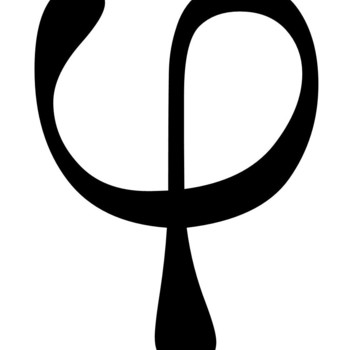What are the asymptote(s) and hole(s), if any, of # f(x) =(-2x^2-6x)/((x-3)(x+3)) #?
1 Answer
Asymptotes at
Explanation:
We have
Which we can write as:
Which reduces to:
You find the vertical asymptote of
So here,
For the horizontal asymptote, there exists three rules:
To find the horizontal asymptotes, we must look at the degree of the numerator (
If
If
If
Here, since the degree of the numerator is
The hole is at
This is because our denominator had
A graph confirms this:
graph{(-2x^2-6x)/((x+3)(x-3)) [-12.29, 13.02, -7.44, 5.22]}

